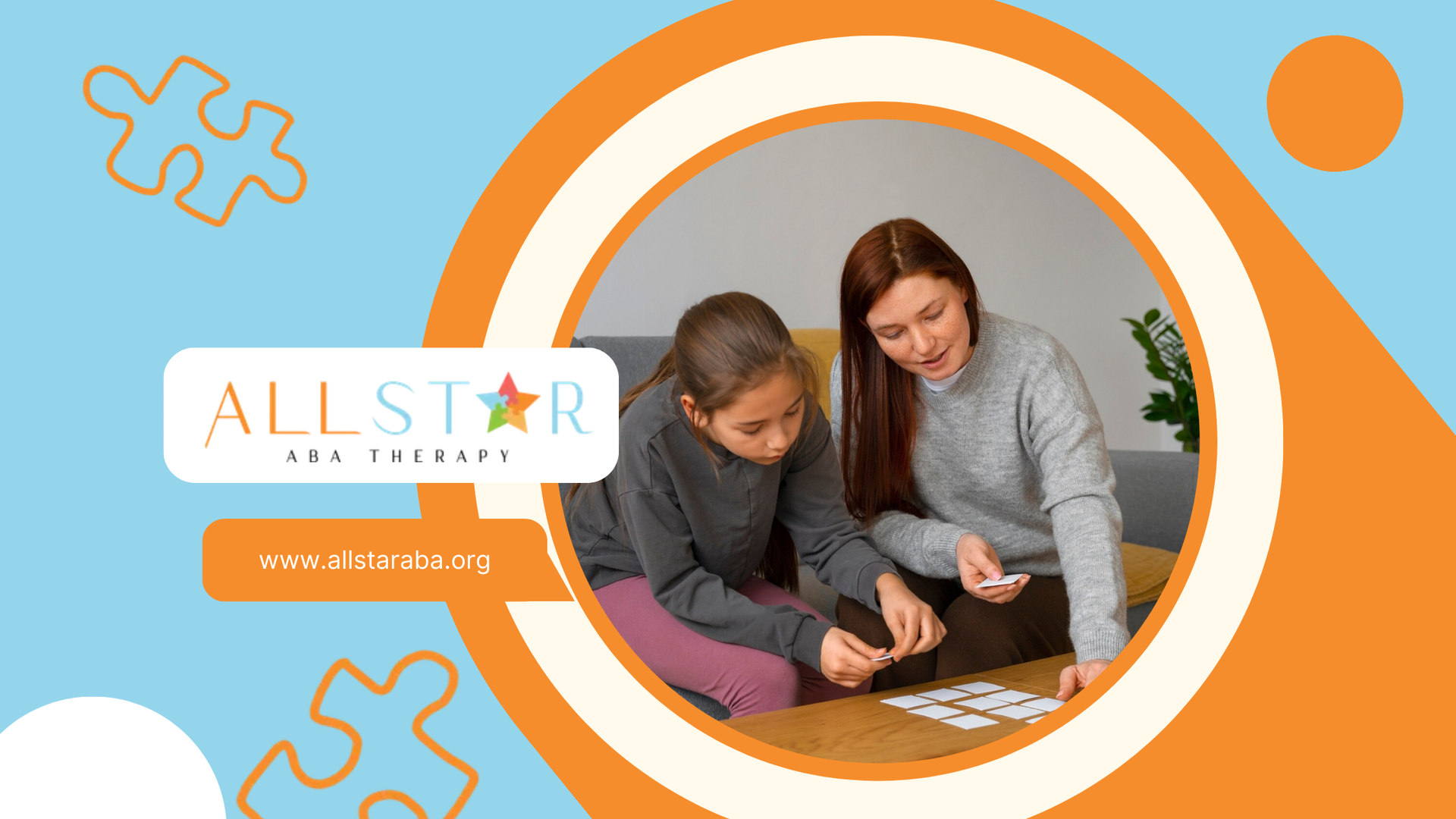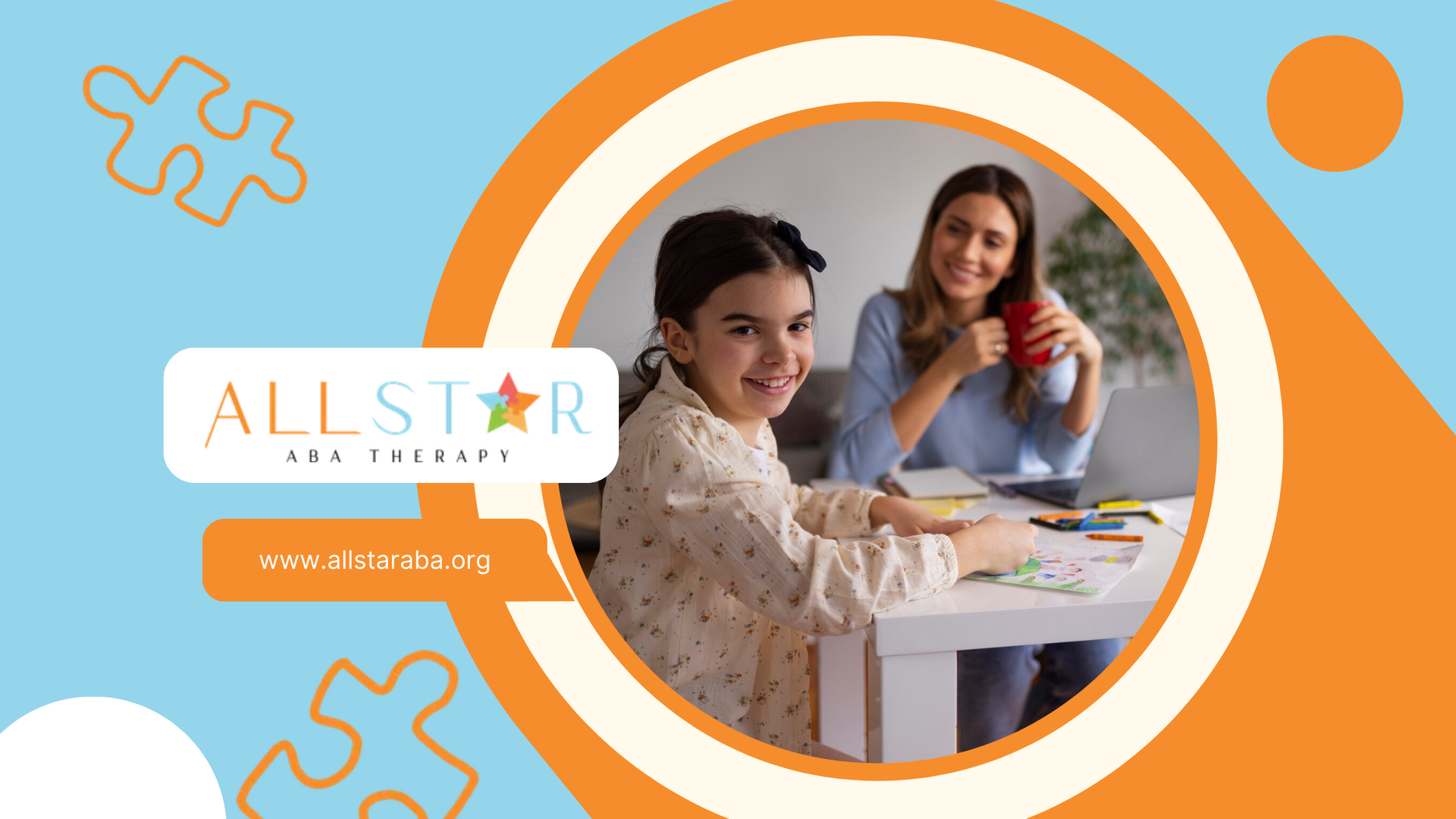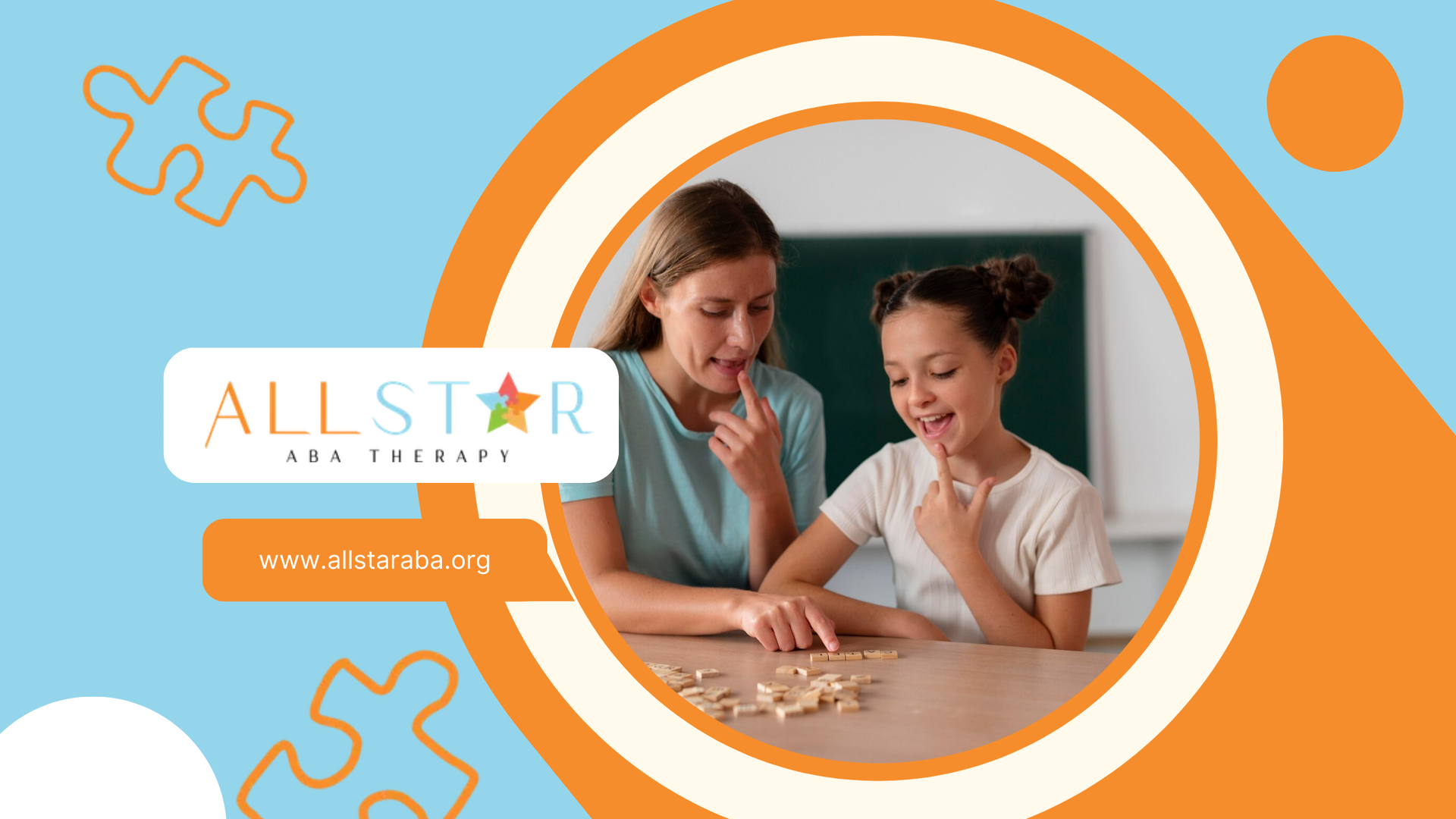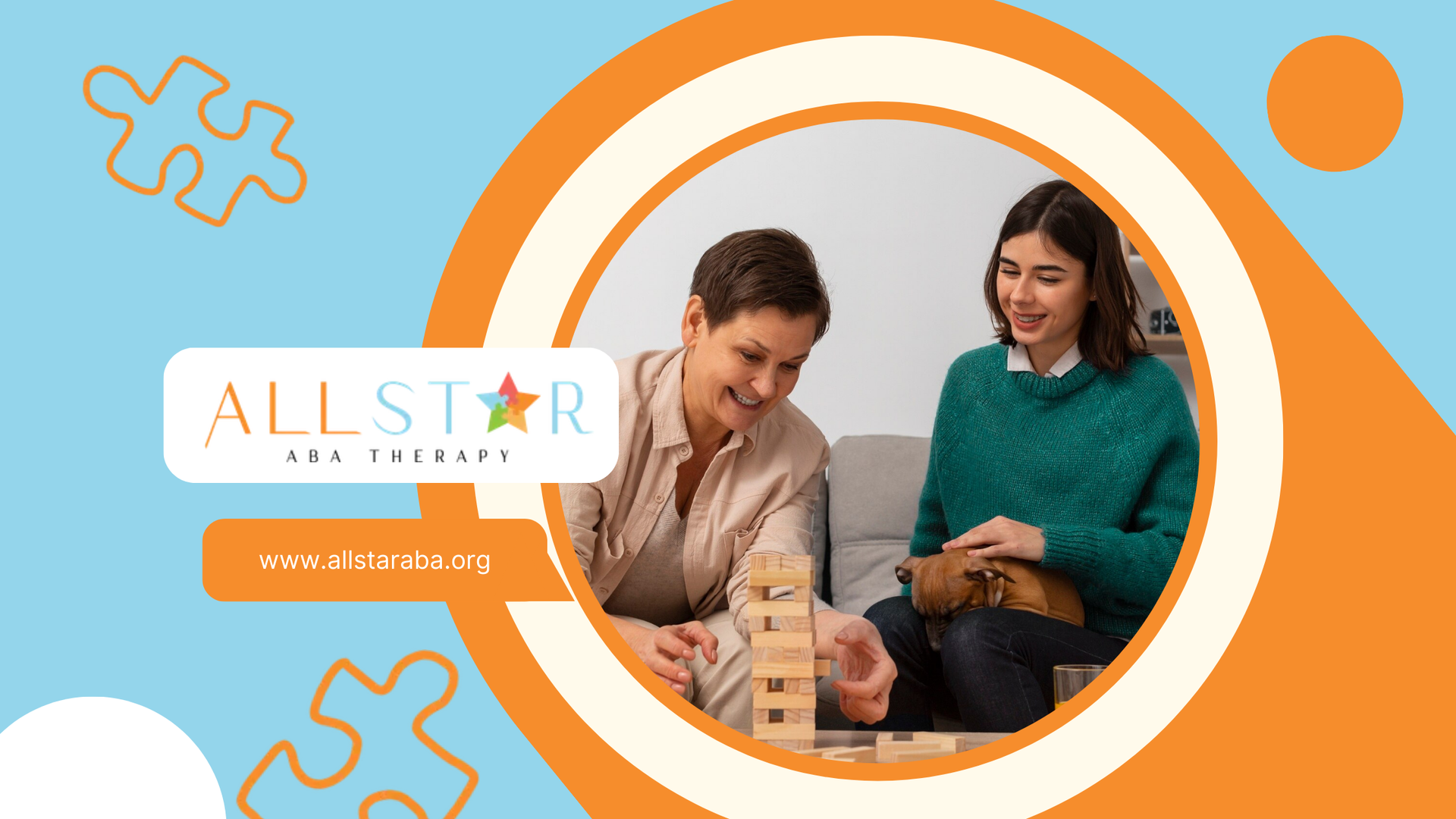New Paragraph
Effective ABA Techniques at Home for Your Child
Why Use ABA Techniques at Home?
Parents and caregivers play a central role in a child’s development. Using ABA at home not only reinforces what’s learned during therapy sessions, but it also empowers parents to help their children thrive in real-world settings.
Benefits of Using ABA at Home:
- Enhances generalization of skills across different environments
- Increases opportunities for consistent practice
- Builds a stronger parent-child bond through structured learning
- Supports daily routines and transitions
- Promotes independence in everyday tasks
You don’t need complex equipment or advanced training to start applying these techniques. Many ABA strategies rely on simple tools, positive reinforcement, and predictable structure.
Foundational ABA Techniques to Use at Home
Here are several proven ABA techniques you can start using at home today:
1. Positive Reinforcement
One of the most widely used ABA strategies, positive reinforcement involves rewarding desired behaviors to encourage their repetition.
How to Use It:
- Identify a behavior you want to increase (e.g., using words to ask for a snack).
- Offer a reward immediately after the behavior (praise, a small toy, favorite activity).
- Be consistent and enthusiastic.
Example:
If your child says “juice” instead of crying or pointing, you immediately say, “Great asking!” and hand them the juice.
2. Prompting and Fading
Prompts help guide your child toward the right behavior, and fading involves gradually removing those prompts so the child can respond independently.
Types of Prompts:
- Verbal (saying the correct answer)
- Gestural (pointing)
- Physical (hand-over-hand assistance)
- Visual (pictures, charts)
Example:
If teaching your child to brush their teeth, you might start by guiding their hand (physical prompt), then move to pointing to the toothbrush (gesture), then to just a verbal reminder, and eventually no prompt at all.
3. Modeling
Also called “imitation,” this involves demonstrating a behavior and encouraging your child to copy you.
Example:
You show your child how to wave when saying goodbye. After demonstrating, you say, “Your turn!” and reward them for trying.
Modeling is especially helpful for social skills, play, and daily routines.
4. Task Analysis and Chaining
ABA breaks complex tasks into small, teachable steps. This process is called task analysis. Chaining refers to teaching these steps one at a time until the full task is mastered.
Example – Washing Hands (Task Analysis):
- Turn on water
- Wet hands
- Pump soap
- Rub hands
- Rinse
- Turn off water
- Dry hands
You can teach the task using forward chaining (start with the first step) or backward chaining (you do the first steps and your child completes the last one).
5. Visual Supports
Visual aids can help children understand routines, expectations, and sequences.
Types of Visual Supports:
- Picture schedules
- Choice boards
- First-Then boards
- Social stories
Example:
A “First-Then” board might say, “First homework, then tablet,” providing a clear, visual cue of what’s expected.
6. Functional Communication Training (FCT)
This technique teaches children to use appropriate communication to meet their needs instead of using challenging behaviors.
Example:
If your child usually screams when they want help, you teach them to hand you a help card or use the word “help” verbally or through an
AAC device.
This reduces frustration and encourages positive interaction.
7. Natural Environment Teaching (NET)
NET involves teaching skills during everyday activities rather than structured sessions.
Example:
While playing with blocks, you can work on colors (“Give me the red block”), turn-taking, or following directions.
This makes learning more natural and engaging for the child.
8. Behavior Charts and Token Systems
Token systems allow children to earn tokens for good behavior, which they can trade for a reward.
Example:
Your child earns a star each time they follow instructions the first time. After earning five stars, they choose a reward like screen time or a favorite snack.
This is great for increasing motivation and tracking progress visually.
Integrating ABA Techniques Into Everyday Life
You can apply ABA methods during nearly any part of your day. Here’s how to make the most of daily opportunities:
Morning Routine:
- Use visual schedules to guide steps (brush teeth, get dressed, pack backpack).
- Reinforce each step completed with praise or small rewards.
Mealtime:
- Use modeling to teach using utensils.
- Practice asking for items (“more,” “please”).
- Reward trying new foods with a preferred activity.
Playtime:
- Practice turn-taking using a token system.
- Use NET to build communication and sharing skills.
- Model imaginative play with dolls, cars, or pretend food.
Chores:
- Break tasks into steps (e.g., “Pick up toys → Put them in bin → Close lid”).
- Use prompts as needed, fading them over time.
- Reinforce completed chores with a sticker chart.
Tips for Success with ABA at Home
- Be consistent. Use the same words, prompts, and reinforcers across caregivers and settings.
- Start small. Focus on one or two behaviors at a time to avoid overwhelm.
- Celebrate effort. Reinforce attempts, not just perfect performance.
- Track progress. Use simple data sheets or notes to monitor improvements.
- Collaborate with therapists. Get input from your child’s ABA provider on what to work on at home.
Even 10–15 minutes a day of focused practice can make a big difference over time.
Common Mistakes to Avoid
Even with the best intentions, it's easy to slip into habits that reduce the effectiveness of ABA at home. Here are a few things to watch out for:
- Inconsistent reinforcement (sometimes rewarding a behavior, sometimes ignoring it)
- Accidentally reinforcing problem behaviors (giving in to tantrums to avoid a meltdown)
- Changing expectations too frequently
- Expecting overnight results
ABA is about progress, not perfection. Be patient with your child and with yourself.
Working With Professionals
While parents can absolutely use ABA techniques at home, it’s often helpful to have guidance from a trained therapist. Professional ABA providers can:
- Create customized behavior plans
- Train parents in how to use specific strategies
- Help troubleshoot when challenges arise
- Adjust teaching methods based on your child’s learning style
Regular check-ins with your child’s therapy team can make your home-based strategies even more effective.
Final Thoughts
Implementing ABA techniques at home is one of the most empowering ways families can support a child’s development. From encouraging communication to building life skills, these strategies can blend seamlessly into your daily life with just a bit of planning and consistency.
By reinforcing positive behaviors, setting up supportive environments, and working collaboratively with professionals, you can help your child make meaningful progress in a loving, familiar setting.
At All Star ABA, we specialize in helping families bring ABA principles into the home in a way that’s practical, effective, and personalized to your child’s unique needs. Our expert team provides guidance, training, and support every step of the way. Let’s work together to build brighter tomorrows—one success at a time.
Frequently Asked Questions
Can I use ABA techniques at home without formal training?
Yes! Many ABA strategies are simple, practical, and parent-friendly. While professional guidance is helpful, parents can begin using basic techniques like positive reinforcement, visual supports, and prompting at home.
How much time should I spend doing ABA at home each day?
Even 10–15 minutes a few times a day can make a big difference. Look for natural teaching moments throughout the day—during meals, play, or routines—rather than setting up long, structured sessions.
What if my child doesn’t respond to the strategies I’m using?
Every child is different. If your child isn’t responding to a technique, it may need to be adjusted. Consult with your ABA provider for guidance, and be patient as you find what works best for your child.
Sources:
- https://pmc.ncbi.nlm.nih.gov/articles/PMC4883454/
- https://www.bhcoe.org/2021/07/the-role-of-caregiver-involvement-in-aba-therapy/
- https://www.bhcoe.org/2016/11/suggestions-ethically-fading-aba-services/
- https://pmc.ncbi.nlm.nih.gov/articles/PMC2078563/
- https://www.asha.org/public/speech/disorders/aac
Applied Behavior Analysis (ABA) is one of the most trusted and research-supported approaches to helping children with autism learn essential skills, manage behavior, and improve independence. While professional therapy sessions are incredibly valuable, many families want to know how they can extend those lessons into their daily routines.
The good news? You don’t need to be a certified therapist to use ABA techniques at home. With a little guidance, consistency, and patience, parents and caregivers can implement meaningful strategies that reinforce learning and foster growth right in their own living room.
In this blog, we’ll break down some of the most effective ABA strategies families can use at home, why they work, and how to get started.
What Is ABA?
Applied Behavior Analysis (ABA) is a therapy based on the science of learning and behavior. It focuses on understanding how behavior works, how it's affected by the environment, and how learning occurs. ABA uses evidence-based techniques to bring about meaningful and positive changes in behavior.
At its core, ABA aims to:
- Teach new skills
- Reinforce positive behaviors
- Reduce unwanted or harmful behaviors
- Increase independence in daily life
When used at home, ABA principles can support everything from communication and social skills to mealtime behavior and bedtime routines.
Need Support?
We're Here to Help!
Our experienced team is ready to assist you. Reach out today to discuss how we can support your child's development and well-being.
Get started with expert ABA therapy today.








